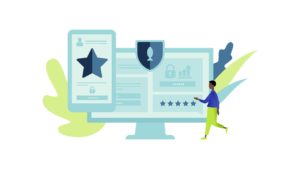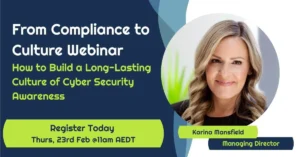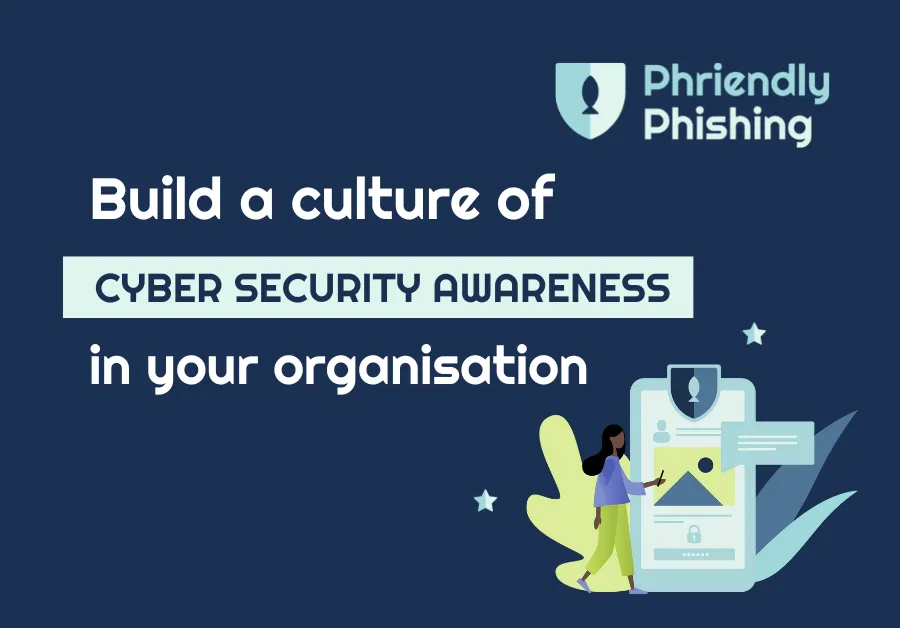Cyber security awareness should be at the top of mind for all organisations, large and small. News of massive data breaches have mobilised many businesses to scramble in favour of security compliance. It is also important to consider your country’s privacy and laws pertaining to cyber security and how this can be instilled into the everyday culture of your organisation.
Compliance to cyber and data security is just the beginning – to have a strong team, you must also build a culture of security.
The difference between a culture of security awareness and a culture of compliance.
To build a culture of cyber security in your organisation, you must first ensure the top-level executives are the first to buy-in. Influence culture comes from the top down, and this topic is something they should have their eyes on, especially with all the recent public breaches. Clear leadership support can set the example for the rest of the team, it takes more than one champion to get this right and a security culture can only exist if everyone understands their responsibilities and what actions to take.
Imagine if people cared about cyber security and data security awareness not because they had to, but because they wanted to. This is the difference between having a security aware culture or simply one of compliance.
Having a checklist of items for staff to complete might sound like a great start, and it can be – but lists are easy to ignore if the behaviours aren’t converted to habit. Behaviour and change management techniques suggest a desire needs to be sparked before the adoption of a change. This starts with identifying attitudes to security protocols and what actions can be taken to have a direct impact.
Educate employees on the basics of cyber hygiene, and why they should desire to form a habit of cyber hygiene. Make sure that they understand the consequences of mishandling customer or employee information. As part of the training you provide, it’s important to know that this awareness training will benefit their personal data as well. Ideally, they will assist friends and family with this new knowledge to spread the word about security culture, as it permeates all our digital lives.

Useable phishing education and tools
If educating a large organisation sounds like a big task, well you’d be right! Confronting the whole team with a high or difficult level of education will be ignored, it’s just human nature. Ease of compliance must come first, and for that, bite sized, incremental education is what’s important. Have a look at what the gaps in their procedures and focus on one or two things to start with.
A great first step is how to recognise social engineering and how phishing emails work – these are the main ways that a breach can occur in a large organisation, a second step is procedures for data handling, especially customer data – do you employees know they can’t take personal data home with them or send them via email to a third party? From here you can build on more concepts and specific learnings that suit your team.
Security awareness is business as usual

Rather than have cyber security awareness as an ‘add on’ to company culture, it makes sense to integrate it into the business’s strategic and tactical plan. Culture begins when it permeates the working procedures of the organisation, rather than being apart from it. Find a way to integrate data security culture into management aspects of major projects, performance reviews, vendor partnerships and onboarding as part of the normal day-to-day.
From a technical standpoint, consider implementing the essential 8 framework and work towards increasing the maturity levels of your organisation’s compliance. The Essential 8 is a set of eight key mitigation strategies that form the foundation of a robust security posture, and each of the strategies can be levelled up at each organisation as their security culture matures.
These might sound like difficult to understand processes, but with the right approach and simple integration to your existing security procedures, they will be an asset to the knowledgebase or your teams. You can read more about the essential 8 here (Australian framework)
Stats to consider
Financial losses from phishing attacks in Australia increased by 469% from 2021 vs 2022 and that statistic is slated to increase as technology becomes sophisticated faster than organisations can secure their data and create a security culture. When you consider that 95% of cyber security data breaches start with human error the need for action in this space is very clear.

Building a secure data culture in your organisation is essential for protecting confidential information, meeting compliance requirements, and providing peace of mind for both customers and staff members alike. You can mitigate the threat and reduce the risk of data breaches by educating employees on proper cyber hygiene practices.
Start your journey now with a personalised free demo and register now for our free webinar and save your spot for Thursday 23 February 2023 at 11am AEDT. Register Here.

